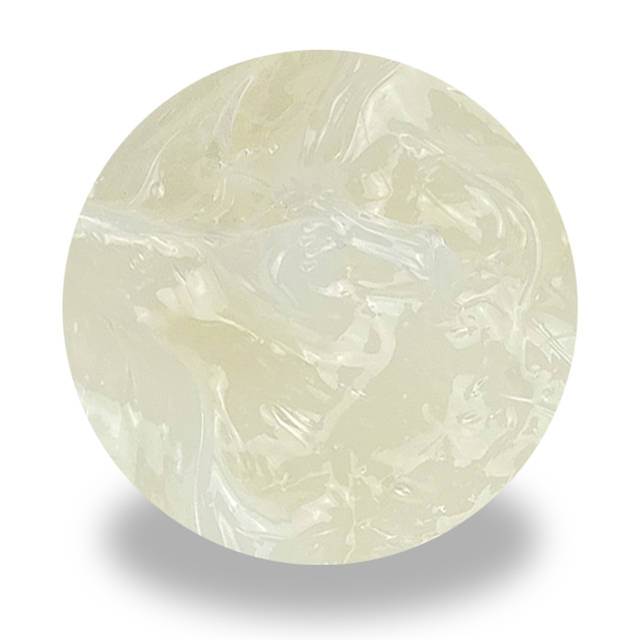Application and characteristics of talcum powder in food grade grease

Food safety has always been the focus of people’s attention. There are many factors affecting food safety. Among them, the pollution caused by the leakage of lubricating materials in food equipment is one of the important reasons. Food-grade grease is widely used in key transmission parts of food processing equipment such as bearings, chains and guide rails, and the lubricating performance of grease mainly depends on the additives used.
In view of the safety of food-grade grease, when selecting additives, non-toxic and harmless are the primary considerations. As a food additive, food-grade talc is often used in food flow aids and mold release; because of its good lubricating properties, it also has certain applications in the field of tribology, such as coating talc on protective clothing. Reduce the skin damage of medical staff during COVID-19; in addition, talc in lubricating oil has excellent anti-friction properties, which can better reduce the wear of cast iron equipment.
The composite aluminum base grease was prepared by white oil and thickener, and the effect of food grade talc mass fraction on the tribological properties of the grease was investigated. The results show that:
(1) Talc powder can improve the thermal stability of composite aluminum-based grease, and the epitaxial decomposition temperature of base grease is significantly lower than that of grease containing talc powder;
(2) Talc powder can improve the tribological properties of composite aluminum-based grease, that is, improve the stability of the friction process, reduce the friction coefficient and wear volume; with the increase of the mass fraction of talc powder, the friction coefficient and wear volume experience a first The change increases after the decrease, and when the mass fraction of talc is 1.0%, the average friction coefficient and wear volume are the smallest; Polishing plays an effective anti-friction and anti-wear effect;
(3) Greases with 1.0% talc added are most likely to be applied to food equipment and other fields.
(4) Talc powder is a layered silicate, which can be adsorbed on the surface of the friction pair during the friction process, which is equivalent to a “sliding bearing” for sliding, so as to reduce friction and reduce wear.
(5) From the point of view of the thermal stability of the grease, when the final degradation temperature is reached, the residual weight of the grease sample containing talc powder is higher than that of the base grease. This is because the main components of talc powder are MgO and SiO2, of which the heat of Good stability, can improve its thermal stability. Since a lot of heat is easily generated during the friction process, SiO2 with better thermal stability tends to stay in the gap of the friction pair. Due to the surface roughness of the steel plate, the real contact area between the steel ball and the steel plate is small, and it is subjected to high contact stress in the early stage of the friction process, which is prone to large friction and ravines on the surface of the wear scar. Therefore, some talcum powder (mainly SiO2) can repair the grooves generated on the surface of the wear scar during the friction process, thereby increasing the contact area between the friction pairs and reducing the contact stress between the friction pairs; at the same time, SiO2 is a commonly used polishing material, so a small amount of SiO2 can A micro-polishing effect is produced on the surface of the friction pair, thereby reducing friction and wear.
